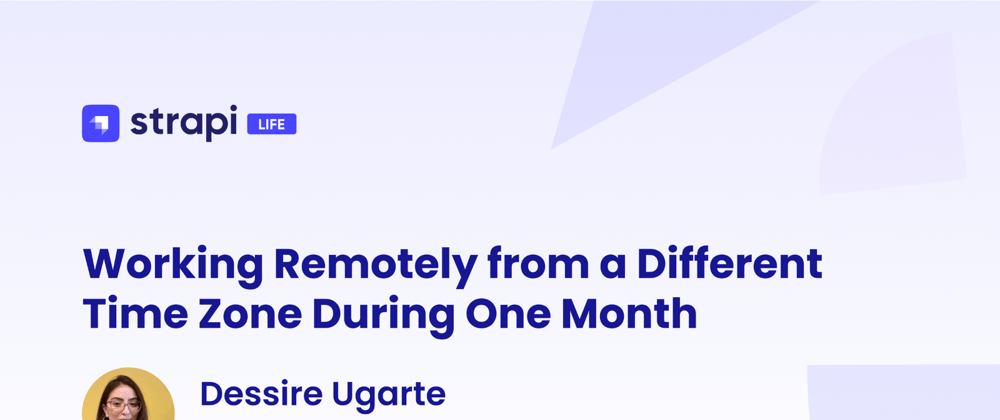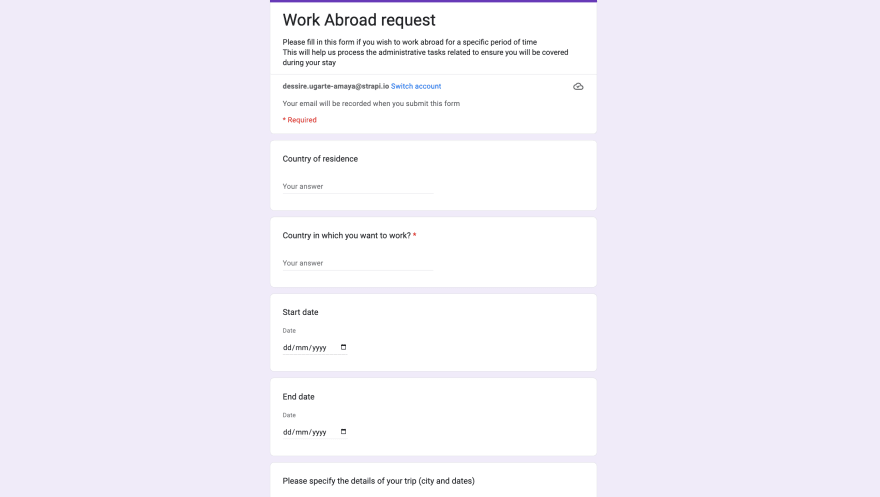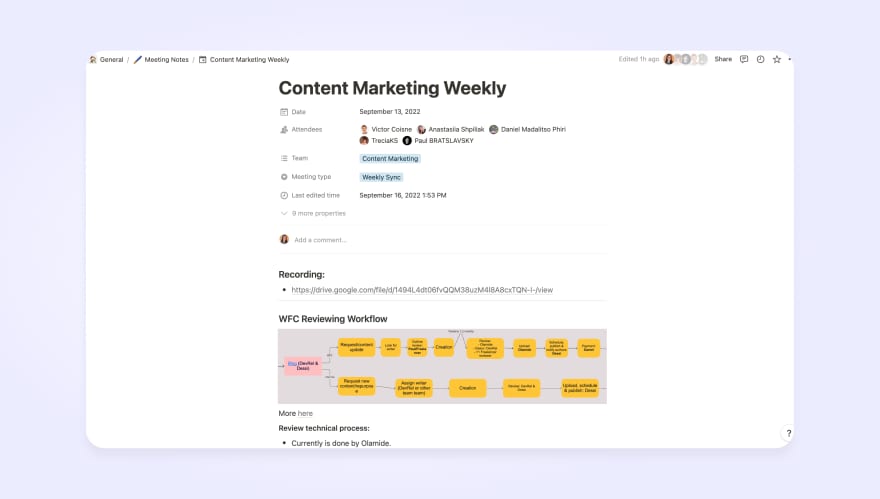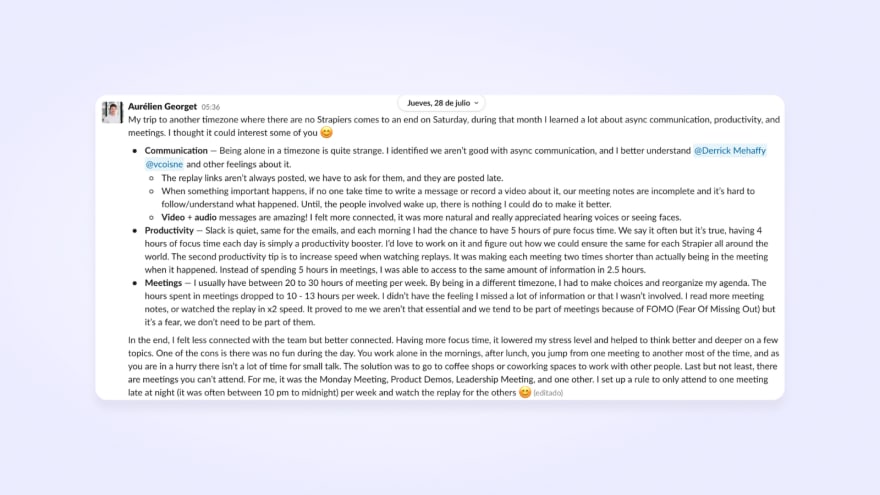Author: @dessireugarte
My experience working remotely for Strapi for one month from Guatemala, on the other side of the world of my working location: Paris.
Strapi became a remote-first company in 2020. Since then, we have been expanding the time zone locations, and currently, there are around 90 Strapiers situated in more than 5 different time zones.
I have worked as a Content and Social Media Manager since April 2021. Although I live in Paris, France, I am originally from Guatemala. I came to live in France by the end of 2020, and thanks to the remote culture, I have been able to travel in Europe and explore new places around France while working.
Traveling in the same time zone where I live makes it easier since I only have to make sure that I'm heading to a place with internet connection or coworking spaces where I can work from (which is paid for by Strapi).
Last year was the first time I went back to visit my family in Guatemala; since it takes around 16 hours to get there, I wanted to make the most of my trip and visited my hometown for one month while working.
In this article, I share my experience and the most important learnings I got from working in a different time zone. I want to clarify that this could work for people in a similar position as mine but doesn't necessarily apply to everyone.
What does remote work mean at Strapi?
Remote work doesn't necessarily mean that you can work anywhere, whenever you can. In some companies, it means that you can work from home in your fiscal country, but you are not allowed to travel to another country and work from there.
In Strapi, the remote-work policy is very flexible, so you are usually allowed to work abroad for less than six months. All you need to do is fill out a form with the dates and destination one month before your trip and get insured (this is for trips longer than two weeks). You could use Safety Wing, an insurance platform for nomads. After following this process, you are good to go!
My experience working in a different time zone
I went back to Guatemala and worked there during December and January. After one year without seeing my family, I enjoyed my birthday, Christmas, and New Year's Eve with them.
This is what I would share with anyone who is going to do this for the first time:
Communicate before the change and adapt
Share your time zone change with the people that this will impact. You should notify your manager and the people you meet with weekly. Although you are changing the time zone, flexible remote work means that a culture of being open to change exists. The people who can change meetings to a convenient time for everyone involved would do it as well as the person adapting to an "earlier" or "later" meeting if it is impossible to find a middle ground.
When the time zones are opposites, and it isn't easy to agree on one time, then comes the moment to make the best of tools that will help you to implement async communication.
Increase async communication
There are many tools and ways to remain up-to-date on what is happening without being present in the meetings. Async communication makes working in a different time zone much easier and it is a way to be inclusive with everyone no matter where you are.
At Strapi, async and synchronous communication are implemented every day. But as the company grows, teams implement more async communication, even if all members are in nearby time zones.
Suggesting and encouraging your workmates to increase async communication is the right step when time zones difference make it difficult to meet at the same time.
In Strapi, people are encouraged to take notes of the discussion during the meetings, which are centralized on Notion. If it is a team meeting you consider that the content will be of value for other people or a team member can't assist at that time, you should record the meeting so other people can re-watch and leave their comments later.
This year, Aurélien Georget, Co-founder and Chief Product Officer, worked for one month from another time zone. He shared his learnings about async communication, productivity, and meetings.
Some well-known tools we use at Strapi to facilitate async communication are Loom, Google Meets or Zoom to record meetings, Notion, Slack, Miro.
Async communication is easier when you and your team have less urgent matters to address. Having a shared team calendar and deadlines makes forecasting your responsibilities easier and avoids these "urgent" last-minute requests that can hinder async communication. This brings me to my next point: organize well.
Organizing well is key
This one is basic and could seem quite obvious, but it is necessary to mention. When you are located or change to a different time zone from your teammates, you will probably find yourself writing messages that will be answered many hours later or even a day after.
This situation will be tricky if you need things to happen fast, so before changing your time zone, identify those tasks or situations and agree on temporary solutions with your teammates that will facilitate the time zone change.
Conclusion
Working remotely temporarily from a different time zone can be challenging if you don't set a smooth adaptation process for you and your team. There are two essential elements to make this a success: the company must promote flexible remote work and be open to implementing async communication or any other strategies that allow others to work from a different time zone. Be flexible in adapting your schedule and open to other ways of work and communication besides traditional ones.
We are hiring!
If you would like to be part of a remote company, Strapi is hiring. Visit strapi.io/careers to learn more.











Latest comments (0)